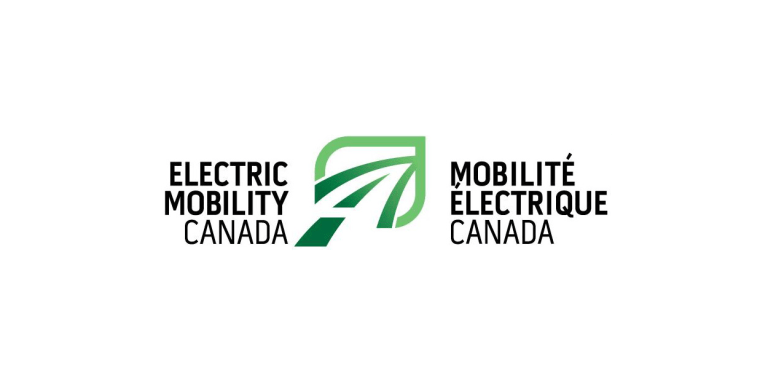Guidehouse Insights Explores Financing Strategies in the Battery Energy Storage Market

January 9, 2024
A new report from Guidehouse Insights explores the types of construction and monetization contracts in the battery energy storage market globally.
The transition from fossil fuels to renewable sources of energy such as solar and wind energy is happening at a rapid pace. Energy storage systems are an integral part of this transition as solar and wind generation can be intermittent, so storing excess energy in battery storage systems is necessary for grid stability. According to Guidehouse Insights, the two major types of battery storage systems—utility-scale energy storage (UES) and commercial and industrial (C&I)—provide capacity and ancillary services to utilities, aggregators, and wholesale markets. Most battery system owners use third-party debt financing for their UES or C&I projects with deal sizes ranging from $200,000 to $250 million.
“Developers and owners must understand different deal structures and their associated risks to select appropriate project development and revenue contracts for their battery projects,” says, Ernest Rozbicki, research analyst with Guidehouse Insights. “Currently, the prevalent development and construction contracts are turnkey and build-transfer, while the most popular revenue forms are power purchase agreements (PPAs) and merchant service contracts.”
Large-scale project owners should focus on long-term contracts and guaranteed revenue streams; Developers should mitigate construction risks by limiting ambiguity and subjectivity in contracts; and Equipment manufacturers should limit technology and operating risks with an insurance warranty, according to the report.
The report, Stable Financing Strategies Are Key to Building Successful Battery Storage Projects, analyzes the types of construction and monetization contracts prevalent in today’s market and the various financing risks associated with them. It provides an analysis of the deal structures and revenue contracts used for major UES and C&I systems such as solar plus storage projects, non-wires alternatives, virtual power plants, and resiliency services. It also explains the various technology, operations, construction, and revenue risks associated with building a battery project and the supporting government incentives. Also included are best practices and contracts utilized by NHOA Energy and Pivot Power in developing their recent battery system projects. An executive summary of the report is available for free download on the Guidehouse Insights website.








